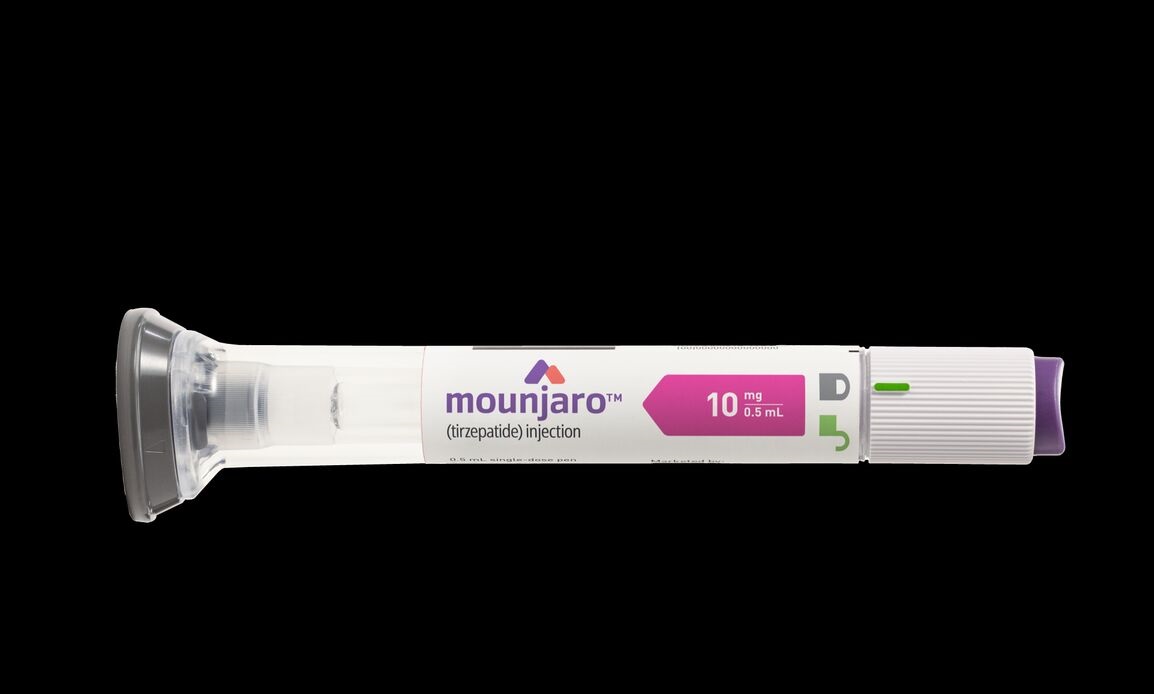
gastric balloon vs gastric sleeve
Choosing the right weight loss method is important.
If you’re exploring non-invasive or surgical options, you’ve likely come across the terms gastric balloon vs gastric sleeve.
Both are popular, but very different.
Here are the key differences, benefits, risks, and results of each.
What Is a Gastric Balloon?
A gastric balloon is a non-surgical weight loss treatment.
A soft balloon is placed in your stomach through your mouth using an endoscope.
Once in place, it’s filled with saline to create a sense of fullness.
You eat less — and lose weight over time.
The balloon is usually removed after 6 months.
What Is a Gastric Sleeve?
A gastric sleeve, also known as sleeve gastrectomy, is a surgical procedure.
It removes about 75–80% of your stomach.
What remains is a sleeve-shaped pouch.
This smaller stomach limits how much you can eat and reduces hunger hormones.
The results are more dramatic and long-lasting.
Gastric Balloon vs Gastric Sleeve: Key Differences
Here’s a quick comparison:
| Feature | Gastric Balloon | Gastric Sleeve |
|---|---|---|
| Type | Non-surgical | Surgical |
| Duration | Temporary (6 months) | Permanent |
| Weight Loss | Moderate | Significant |
| Hospital Stay | Outpatient or 1 day | 1–3 days |
| Recovery Time | 2–3 days | 2–4 weeks |
| Cost | Lower | Higher |
| Risks | Lower | Higher |
Benefits of Gastric Balloon
-
No surgery or cuts
-
Quick recovery
-
Reversible
-
Lower cost
-
Ideal for people with lower BMI
Benefits of Gastric Sleeve
-
Long-term weight loss
-
Significant reduction in hunger
-
Improves diabetes, blood pressure, and cholesterol
-
One-time procedure
-
Suitable for higher BMI patients
Risks: Gastric Balloon vs Gastric Sleeve
Gastric Balloon Risks:
-
Nausea and vomiting
-
Stomach cramps
-
Acid reflux
-
Balloon deflation or leakage
Gastric Sleeve Risks:
-
Bleeding or infection
-
Staple line leaks
-
Nutritional deficiencies
-
Acid reflux
-
Long recovery
Expected Results
Gastric balloon patients may lose 10–15% of their body weight.
Results depend on diet and follow-up care.
Once removed, weight can return if lifestyle changes aren’t maintained.
Gastric sleeve patients typically lose 60–70% of excess weight within 12–18 months.
The results are long-lasting, especially when combined with healthy habits.
Which One Should You Choose?
The choice between gastric balloon vs gastric sleeve depends on:
-
Your BMI and health status
-
Your weight loss goals
-
Your budget
-
Your willingness to undergo surgery
-
Medical advice
Gastric balloon is best for those wanting a short-term, non-invasive solution.
Gastric sleeve is ideal for long-term, significant weight loss — especially if obesity is affecting your health.
Conclusion
When it comes to gastric balloon vs gastric sleeve, there’s no one-size-fits-all answer.
Each has its own advantages, risks, and outcomes.
Talk to a certified bariatric specialist before making your choice.
Your weight loss journey should be safe, sustainable, and tailored to you.





